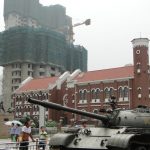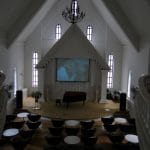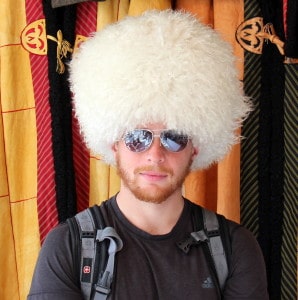Spending Time in Shenzhen
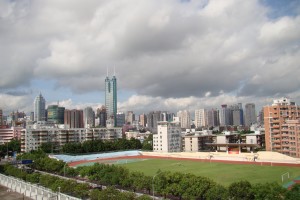
For the year and a half that I lived in China, Shenzhen was the base of operations. Shenzhen is very much NOT old China. In 1979, the city was a small fishing village overlooking the Hong Kong territory from across the bay. Since 1980, when it was opened as a Special Economic Zone by Deng Xiaoping, Shenzhen has grown to a city of upwards of 12 million people. I say upwards of, because the actual population is never better than a rough estimate due to illegal immigration into the city from all over China.
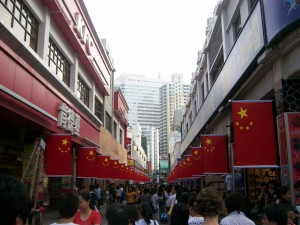
This immigration, though, is one of the greatest parts of the city. Shenzhen has immigrants from all over the P.R.C., and all the culture and food and lifestyles that come with mass immigration. While this poses major problems for the government, it makes for an interesting place to life for an outsider.
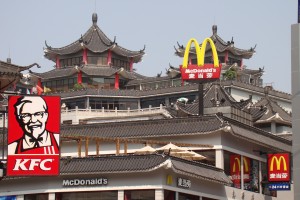
In a city built on economic reform and capitalism, it should be no surprise that the city runs on money. Shenzhen doesnt have the old temples, historic palaces, and cultural landmarks of the other big cities in China. What it does have, and what makes it so successful, is proximity to Hong Kong. Capitalism (and materialism) is everywhere, in a pure representation of that idea of “new China” that historical cities like Shanghai can hide somewhat with their history.
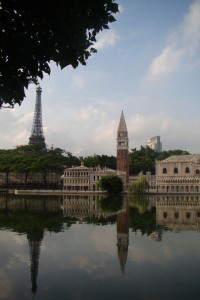
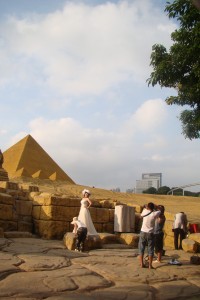
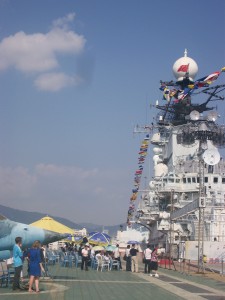
Regarding tourist sights, Shenzhen is pretty sparse. There are a few theme parks, some art galleries, and a handful of museums. Not much reason to stop on the way through, unless you’re looking for nightlife and dining on a way cheaper level than in Hong Kong next door.
Shenzhen was far from my favorite city in China, but it was certainly an interesting place to live.
—–
Spending time as a tourist in Shenzhen? Make sure to book one of the city center hostels so you’re not stuck way out in the new districts. Luohu and Futian are most central, though Yantian and Shekou areas have a lot of the tourist sites. Other than that, enjoy!


